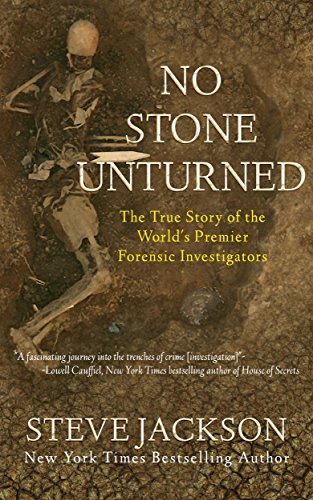

Do you not see how necessary a world of pains and troubles is to school an intelligence and make it a soul?
For the past two weeks, I have been profoundly dissociating. I am hovering somewhere in the recesses of my own brain, watching every action my body performs with mild disinterest. Physical and emotional sensations are muffled, and I feel as if I’ve been covered by an avalanche. I can sort of hear the sounds on the surface, but they don’t have anything to do with me. I’ve become utterly chthonic.
At least I’m floating somewhere in the ether with Keats’s benevolent ghost.
Keats is a totem for many like us, a reminder that it is okay to feel too much or not at all, that inhabiting limitless bodies is part of the Mystery. Wilson begins this combination memoir, literary criticism, and biography with these words: Instead of killing himself, Keats ate a nectarine.
This is a book for those who, so far, have chosen to eat the nectarine.

Image credit: Bust of John Keats. Anne Whitney, marble, 1873.K/AR/01/012.
Image by Elaine Duigenan, 2020, CC-BY-NC-ND.Wilson maintains that “saying ‘yes’ to a world painful and dark” is central to Keats’s philosophy. It is bound up in his concepts of negative capability and the “vale of soul-making”. And How to Make a Soul is a practice in this art. In this memoir, the author wades through a depression that takes him to sites relevant in Keats’s life– the property in Hampstead where he wrote his odes, the room where he died in Rome, his grave in the Old Protestant Cemetery– and leaves Wilson, fittingly, evoking Keats as if he’s calling on a Greek deity. He conjures him up and attempts to wring out the answers.
Wilson is certainly an apt literary critic and competent biographer, but this book shines brightest in the places where he is most vulnerable about his personal connection to Keats. Take this snippet from his time at Keats’s deathbed in Rome:
“The inconsequential particular torques the heart. For no good reason, I glanced at the floor at the base of the bed, noticed a patch of dust, and into my mind slammed: an image of Keats’s blood-spit splattering this floor.”
From whence spring sudden tears and these reflections:
“The crying wasn’t simple sadness, was by no means joy; more like, a feeling too immense and forceful and confused for my frame to hold. Keats, exuberant poet and robust romancer, bereft of verse and love … now dwindled to bleeding, spitting, vomiting, shitting; large noble soul, generous and funny, reduced …
“Another layer was more self-absorbed: Keats no longer exists, and I need him to, to write about what it’s like to be forty-five, with wife and child, still with aspirations to compose powerfully, and with numbing depression.
“Still other layers, even closer to my bones: I will never approach Keats’s talent …
“And finally, the more general bewildering bliss of vague universals: life is so sad we should end it now; life is so sweet let’s hold to it hard; death brings clarity; dying is meaningless; look at the greatness of suffering honestly embraced; hurting is hurting is hurting …”
I love that Wilson approaches and ultimately pulls away from nihilism, that he experiences his thoughts in a negatively capable (and a death positive) way. He does not shy away from his grief, or say that it is silly, or paint it in one color, or try hide it from us. He discusses it frankly because, if he truly believes Keats’s philosophies, he has to. Experiencing and processing the natural awful is necessary. Any other tact is counterproductive to his development as a human being.
I can picture this scene so clearly; Wilson standing in a creaky, old bedroom over the Spanish steps, staring vacantly at the space where Keats passed through the veil, grasping for something, anything. However, I see a detail that perhaps the author was too busy attempting to sort it all out to notice. Over his shoulder stands a young man; he is slight, diminutive, but he has a big presence. He looks not a day over twenty-five, observant, with curly, reddish-blond hair, and he chews thoughtfully on the nib of a pen. While Wilson cries silently, the poet for which he mourns has a thought. Not unkindly, he smirks– and begins to write.









